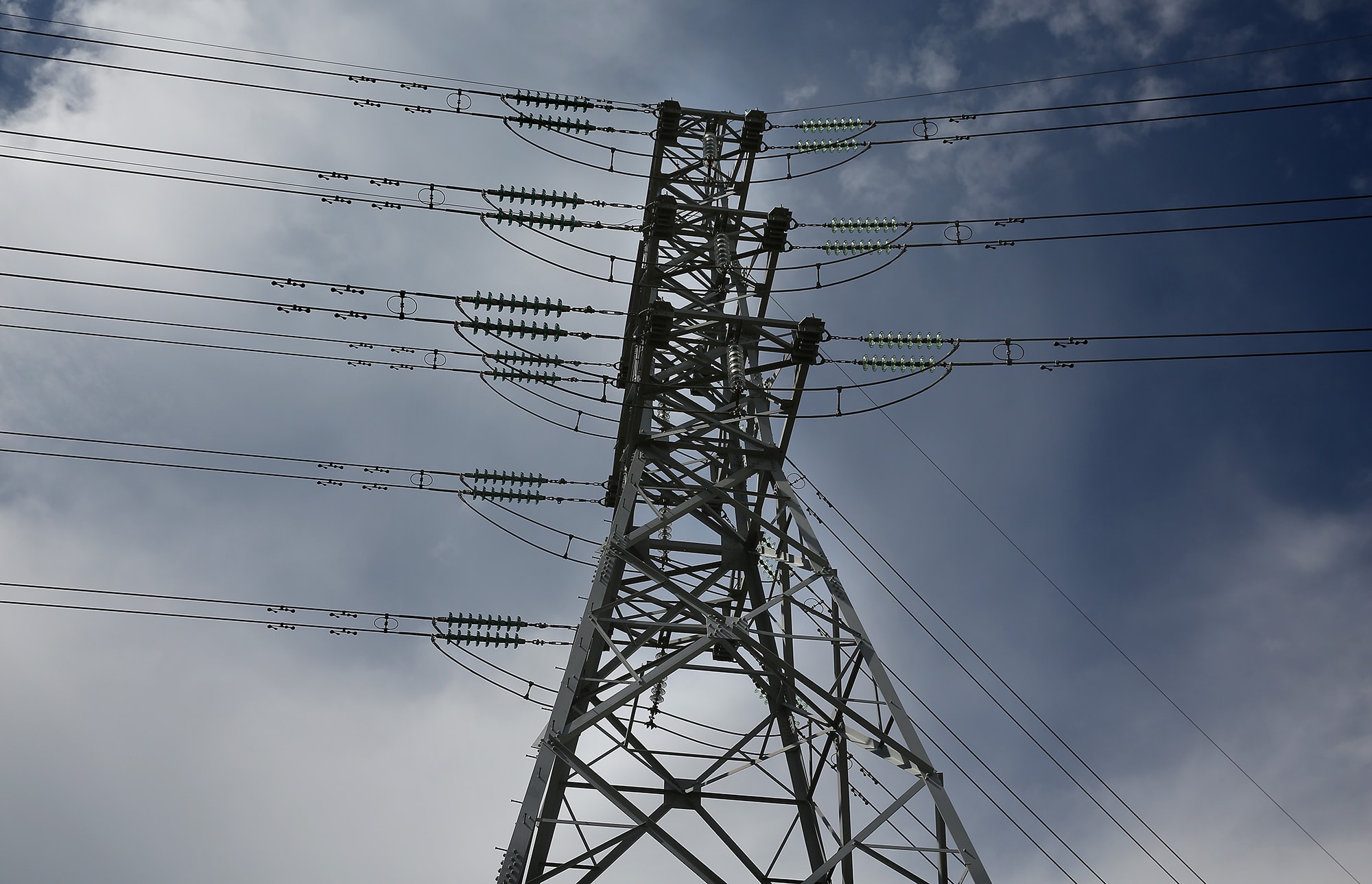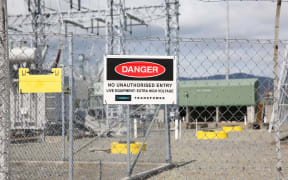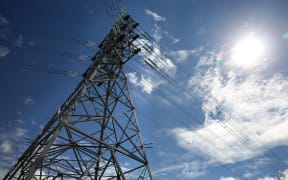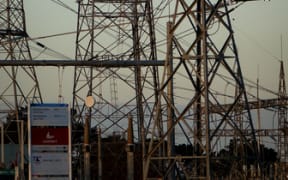Analysts are forecasting big changes to the electricity industry which will be announced next month.
They say the billion dollar cost of transmitting electricity around the country on the national grid will be substantially re-allocated.
As a result, most people in the South Island will get lower bills and people in the upper half of the North Island will pay more.

Photo: RNZ / Diego Opatowski
At present, consumers pay an equal share of the cost of running the national grid; they pay the same whether they live at the far end of a 1000km power line or just down the road from a hydro dam.
The Electricity Authority has long believed that people who benefit most from a service should pay the most for it, and that cross subsidies can hinder sensible investments.
Last June, the authority produced a paper saying reforms could produce better efficiency by providing incentives so that the right investments occurred at the right time, and in the right place.
That paper was opened up to submissions, and the Electricity Authority's response to them will come out on 17 May.
Experts think the authority will stand its ground.
Andrew Harvey-Green of the broking and research firm Forsyth Barr said industry response to the proposed changes was favourable and this should help them persist.
Advisory company Energy Link also said the proposed changes would survive.
Its managing director Greg Sise said there were clear signs of this.
"Based on all the signals from the Electricity Authority to date, I am picking that the Transmission Pricing Methodology will go significantly towards a beneficiary-pays approach rather than a one-price-for-everyone that is in place at the moment," he said.
"It is likely to produce much more efficient investments in transmission assets over time."
Many other aspects of the proposal remain to be sorted out, including the timing of its implementation, which could ease the impact of any changes.
In its proposal last June, the authority estimated power bills for Auckland and Northland could go up by 4 percent.
But it said consumers in this area should remember they are the beneficiaries of more than $1.3 billion of transmission investment in recent years.
As a result, Auckland had higher levels of reliability than the rest of the country, which was costly to provide, and Aucklanders were clearly the beneficiaries of that reliability.
Consumers in the South Island will save money from the changes, including the aluminium smelter, which could save $50m a year.
However, this will take several years to implement and could be challenged in the courts.






